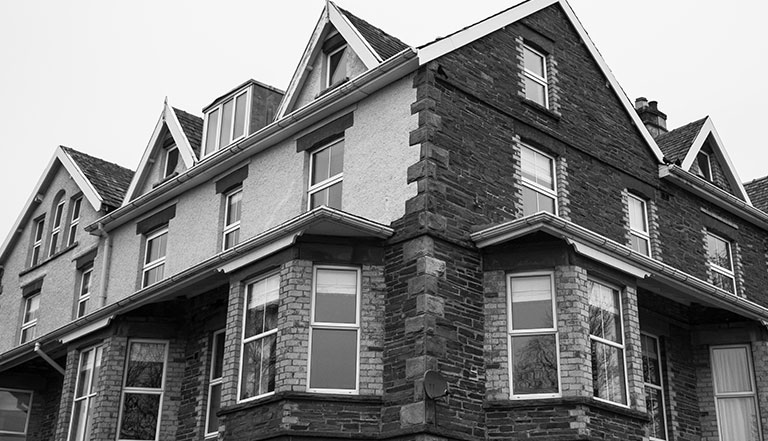Is your insurance coverage comprehensive and appropriate for your needs?
The distinction between Buildings Declared Value and Sum Insured

October 2019
The Buildings Sum Insured shown on some policy schedules and certificates can result in confusion for policyholders regarding the level of cover they have purchased. Consequently, people can inadvertently rely on the inflated ‘Sum Insured’ figure, when it is in fact the Buildings Declared Value that determines the adequacy of cover.
The Buildings Declared Value should be sufficient to cover the entire cost of reinstating the property, including the costs of any debris removal and professional fees, on the first day of the Policy Period. This figure is then uplifted by a percentage to calculate the Buildings Sum Insured, which covers any increased rebuild costs as a result of inflation after the first day of the Policy Period.
So, what is the significance of Buildings Declared Value?
The Declared Value is the cost of rebuilding the premises insured on the first day (day one) of each period of insurance. This must include the cost of reinstatement, debris removal, professional fees and compliance with EU regulations. As long as this figure is adequate at the first day of the Policy Period, any claim against the buildings section will be free from the Condition of Average, which is also known as ‘underinsurance’.
If the figure is inadequate, then there is a possibility that the Condition of Average could be applied, which means that any valid claim payout would be proportionally reduced by the amount that the property is deemed to be underinsured for.
Diving deeper, the inflation provision generating the Buildings Sum Insured is the percentage uplift designed to cover inflation during the insurance year and during the subsequent period required for designing, planning, tendering and actual reconstruction - however long that may take. Once the percentage uplift is applied, this gives the Buildings Sum Insured.
The percentage uplift can be intentionally significantly higher than any realistic costs of inflation to ensure that inflation does not pose an issue for Policyholders. Unfortunately, due to the confusion and misperception that exists between the Buildings Declared Value and Buildings Sum Insured, this can inadvertently cause Policyholders to believe that they have a higher level of cover than they do.
It is vital to understand that the key figure for ensuring that a suitable level of buildings insurance is in place is the Buildings Declared Value; it is essential that this figure is adequate to fully reinstate the building on the first day of the Policy.
Over time, the building’s Declared Value may move out of sync with its market level, even with annual indexation applied. You can access free rebuild calculators online to give a general guide for the property’s rebuild cost, such as the calculator offered by the Association of British Insurers, however an Insurance Reinstatement Survey undertaken by a RICS registered surveyor will always generate the most accurate figure.
If you would like to find out more about how to ensure that your insurance coverage is comprehensive and appropriate for your needs, please contact us here and one of our team will be in touch.



